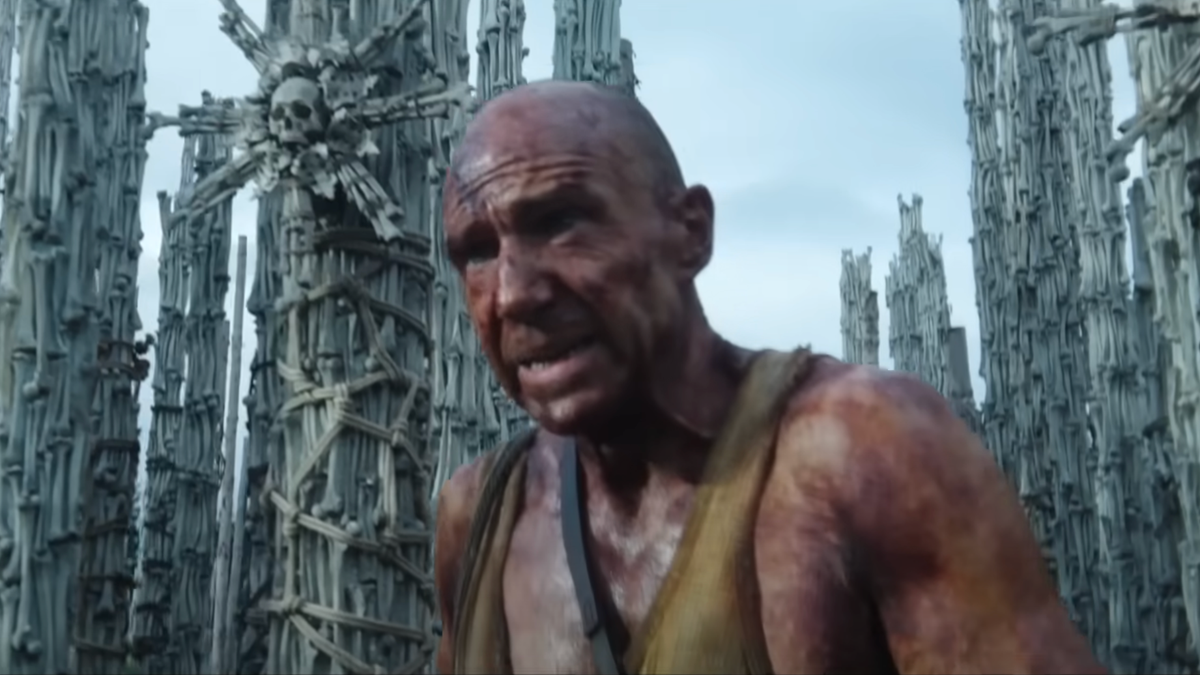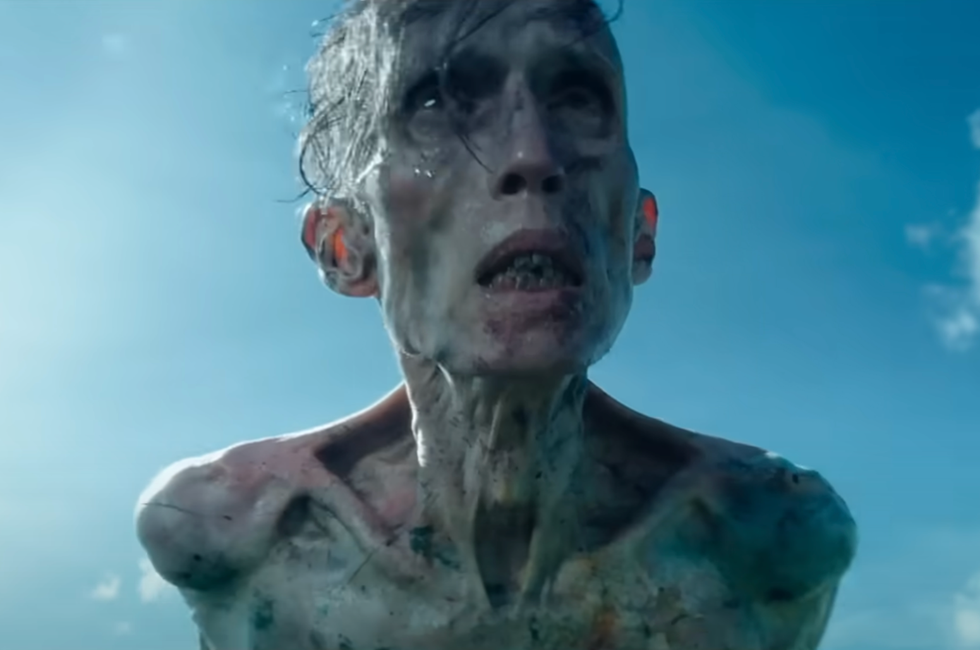<em>28 Years Later</em> Forgets What Makes a Great Zombie Movie


Even though it hasn’t quite been 28 years since writer Alex Garland and director Danny Boyle first unveiled their terrifying vision of fast zombies in 2002’s 28 Days Later, I don’t see the point of splitting hairs about the title of their new sequel 28 Years Later. After all, 23 seems close enough. Especially since the world seems pretty infected by the Rage virus at the moment.
Garland and Boyle’s kick-off chapter in their fast-and-furious zombie franchise landed in theaters hard on the heels of 9/11. And it arrived with an eerily familiar tingle of existential dread. Back then, it felt like the world had changed so seismically, so quickly, that it seemed like things would never be the same again. In a way, they haven’t been. If you turn on the TV and look at what’s going on right now in the Middle East and Ukraine and even right here in America (from the southern border to the streets of Los Angeles to the daily madness inside 1600 Pennsylvania Avenue), that film now feels more like a prescient forecast than a this-could-never-happen slice of pop escapism.
28 Days Later was a new kind of zombie movie. Garland and Boyle took the formula from George A. Romero’s seminal gut-munching classics, 1968’s Night of the Living Dead and 1978’s Dawn of the Dead, and turbocharged it with a lethal cocktail of Red Bull and cheap trucker speed. Overnight, slow, shuffling zombies were out; berserk, overcaffeinated zombies were in. In this new cinematic universe of the undead, the terror wasn’t something you could outrun. It more immediate and more chilling. 28 Days Later was one of those rare, one-per-decade horror flicks that not only had the power to scare the living shit out of you, it also gave you something heady to chew on after the end credits rolled.

Unfortunately, folks, the Rage virus has evolved.
Boyle and Garland ended up sitting out the film’s 2007 follow-up, 28 Weeks Later. If you weren’t aware of that at the time, you could tell that something was missing. At the time, the two filmmakers were off making Sunshine, a disappointing sci-fi thriller that aimed for the profundity of Stanley Kubrick’s 2001: A Space Odyssey, but ended up landing pretty wide of the mark. In their absence, the reins were handed to Intacto’s Juan Carlos Fresnadillo, a Spanish hired gun who didn’t seem to know where he wanted to take the story or what he wanted it to say. If the first film felt like it was created with the precision of a surgeon’s scalpel, the second seemed like it was made with a blunt butter knife. It still cut, but not nearly as deep.
That sequel is all but disavowed in the franchise’s latest installment, 28 Years Later. There’s one dismissive, drive-by reference to the events of that film, but then it’s just swept aside like an unpleasant memory. I’m fine with that. What I’m less fine with is what a mixed bag the new movie is, especially considering the nearly two decades we’ve had to wait for this new chapter. Yes, the helter-skelter hordes are back and hungrier than ever, but the film never quite works as either a primal, armrest-shredding horror flick or a Trojan horse delivery system for the sort of Big Ideas Garland and Boyle like to traffic in.
Set on a picturesque island off the Northeast coast of England, 28 Years Later focuses on a tightknit community of survivors who are protected from the flesh-eating swarm on the mainland by a narrow causeway that can only be crossed at low tide. They live in a post-apocalyptic agrarian society, where the community’s young boys are instructed how to wield bows and arrows and shoot for “the head and the heart” of their living-dead stalkers on the other side of the channel. One of these boys is Spike, a sad-eyed and soft-spoken twelve-year-old (played by standout newcomer Alfie Williams) who ventures across the causeway with his tough-love father (Aaron Taylor-Johnson) for his first hunt—a horrific rite of passage that will hit him in both the head and the heart too.
As soon as father and son reach the mainland, the infected make their moaning presence known. And my, how they’ve changed since the previous two films. It turns out that these zombies have evolved into different variants. In addition to the already-familiar fast-moving zombies, there’s also the “slow-and-lows” (morbidly obese, slug-like corpses that slither on the ground and snack on worms like bottom-feeding carp) and the far more threatening “alphas” (which look like the fast zombies but are so muscular and yoked-out they look like they’ve juiced-up on anabolic steroids and protein shakes). The former are fairly easy to take down. In fact, Spike notches his first kill by plugging one of these tubby, sloth-like terrors in the jugular with a homemade arrow. But the alphas…they’re a different story. They’re smart and fast and have giant prosthetic wangs. They also have a nasty habit of ripping off the heads of their human victims and yanking out their spinal columns like the dreadlocked space beast from Arnold Schwarzenegger’s Predator.
After Spike and his dad thrillingly sprint back across the causeway one step ahead of one of these raging alphas, the boy is hailed as a conquering hero. But he witnessed something back on the mainland that’s still gnawing at him—a bonfire in the distance that his father tells him was made by Dr. Kelson, a doctor he knew before the outbreak who has since gone full-on Colonel Kurtz. But this sticks with Spike because his mother (Jodie Comer) is plagued by splitting headaches and dissociative spells. She’s there, but not there. Spike thinks that Dr. Kelson might be able to help her. So he sneaks her past the gates of their fortified village and heads for that bonfire—and hopefully a cure.
Sure, filmmakers are more than welcome to layer on metaphorical subtext. But in the end, we want the shit scared out of us first and foremost.
The treacherous journey to find Kelson takes up the bulk of the film. And while it manages to sprinkle in a dash of sentimentality between zombie encounters, Boyle seems to know that the trip can get a little pokey. So he edits in an old and disquieting audio recording of Rudyard Kipling’s poem “Boots” as well as grainy newsreel snippets of WWI soldiers marching off to war and clips of medieval archers taken from Laurence Olivier’s 1944 movie adaptation of Henry V to jazz things up. It’s like he’s stayed up for a week straight studying and dissecting Oliver Stone’s Natural Born Killers. But all of the style and sizzle feels unnecessary and out of place. They feel desperate.
Things pick up a bit when they finally meet Kelson (Ralph Fiennes), a ghost-like figure slathered in red iodine (it helps prevent infection according to the good doctor). With his shaved head and temple of towering monuments to the dead constructed out of bones and skulls, Fiennes is doing a riff on Marlon Brando’s Kurtz in Apocalypse Now. Which isn’t to say he isn’t good. He is. Very good, actually. But it does point to how many of the movie’s ideas feel derivative and recycled.
A lot has already been written about 28 Years Later’s funhouse-mirror allusions to the COVID pandemic (fear of the infected, paranoia, social collapse) and Brexit (Britain’s isolation from the rest of Europe). But I can’t help but feel like Garland and Boyle’s allegorical reach is exceeding their grasp. The best zombie movies (again, see the works of Romero, George A.) understand that audiences are paying for visceral thrills and chills. Sure, filmmakers are more than welcome to layer on metaphorical subtext. But in the end, we want the shit scared out of us first and foremost. With 28 Years Later, Garland and Boyle do the exact opposite. They’ve given us a movie that aims for the head and the heart and doesn’t quite hit either.
esquire



